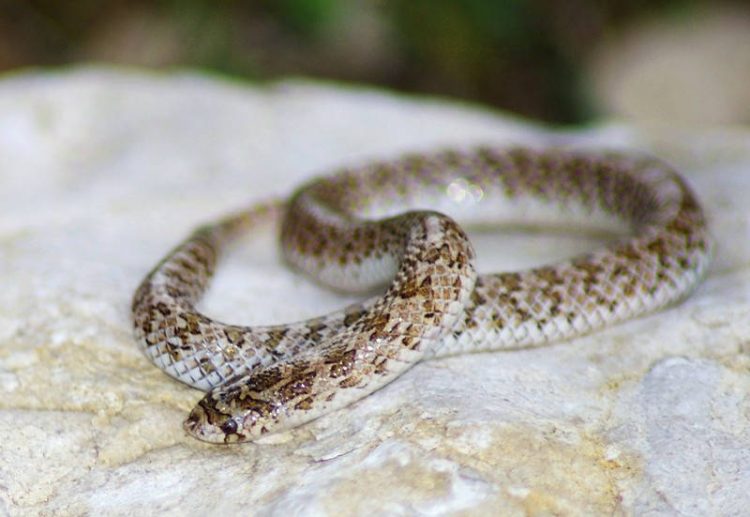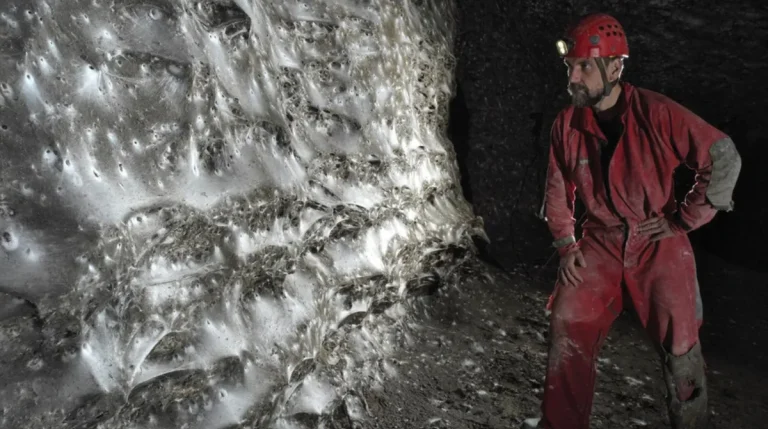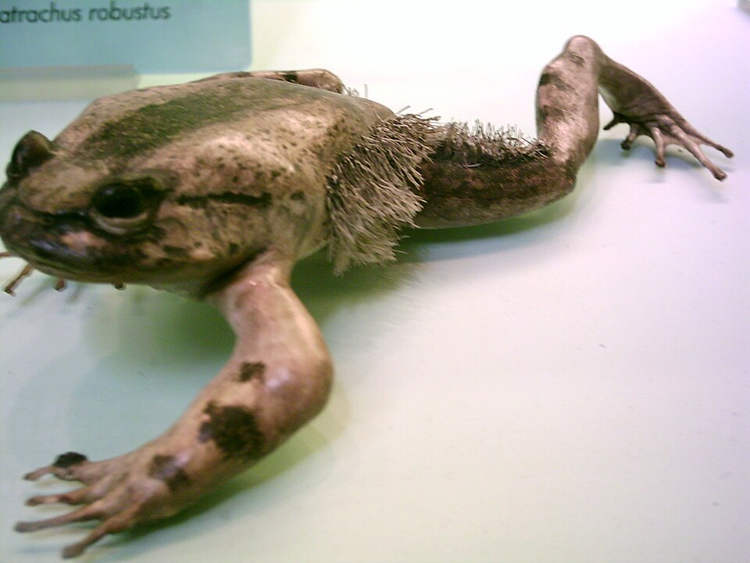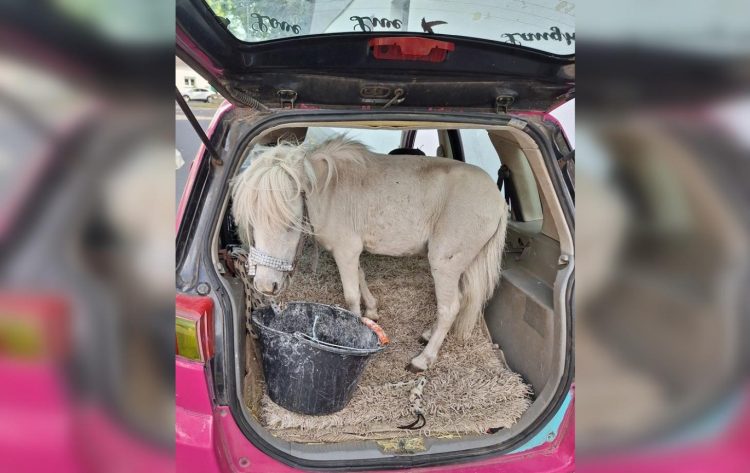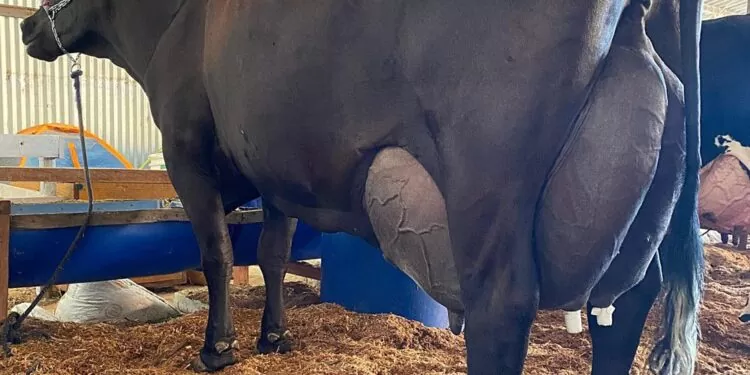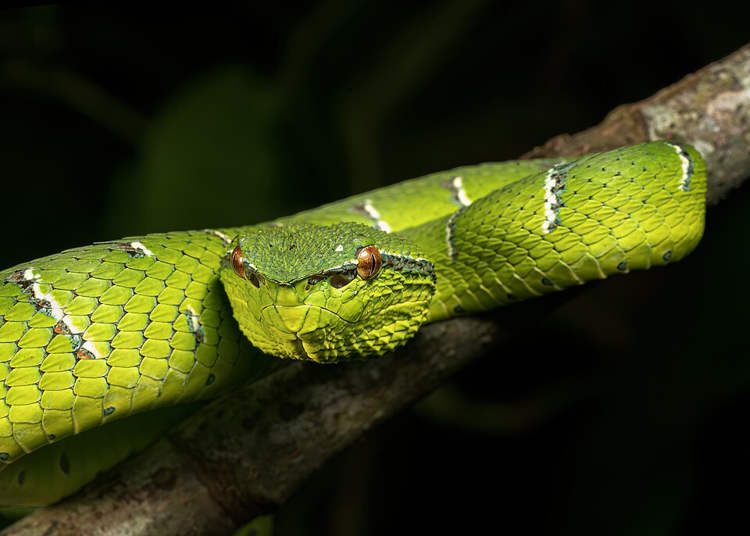The western hook-nosed snake, a small snake endemic to the deserts of the United States and Mexico, is famous for the shape of its snout and for farting to confuse its enemies.
Cobras and rattlesnakes have their deadly venom, constrictors like pythons and Boa have their strong musculature, but the western hook-nosed snake doesn’t have either, so it relies on a more unusual defense mechanism – farting. When threatened, it emits rumbling air bubbles from the cloaca – the common opening for excretion at a snake’s rear end. Known and cloacal popping or defensive flatulence, this strange means of defense is designed to confuse predators long enough for the snakes to escape.
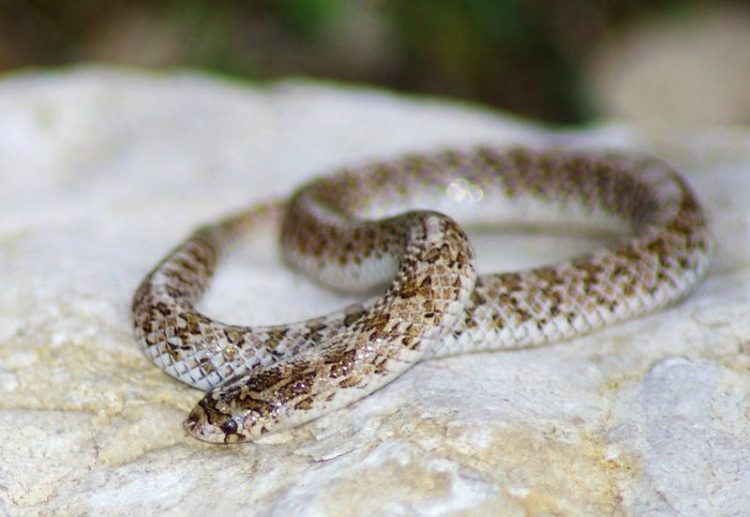
Photo: Ashley Wahlberg/Flickr
Bruce Young, an experimental morphologist at Lafayette College in Easton, Pennsylvania, told Discover Magazine that western hook-nosed snakes produce their characteristic farts by using two sets of muscles to isolate a compressed pocket of air and then contract the cloacal sphincter to forcefully expel it.
The farting sound produced by these small snakes can travel up to 6’6 ft., it’s only about two-tenths of a second long, and is usually repetitive. While not the noisiest farts by human standards – although they tend to produce a higher pitch – to other animals they can be quite confusing.
Western hook-nosed snakes apparently pull no punches when they fart. Bruce Young conducted some lab experiments and noticed that some specimens farted so powerfully that they lifted lifted themself off the ground.
“Hook-nosed snakes put so much energy into this pop that in some cases they’ll fling themselves up off the ground,” Young said.
We’ve featured some unique defense mechanisms here on Oddity Central over the years, but this one is right up there with the weirdest of them, even edging out that lizard that shoots blood from its eyes.
The western hook-nosed snake and the Arizona coral snake are the only known snake species known to use cloacal popping as a natural defense mechanism.

